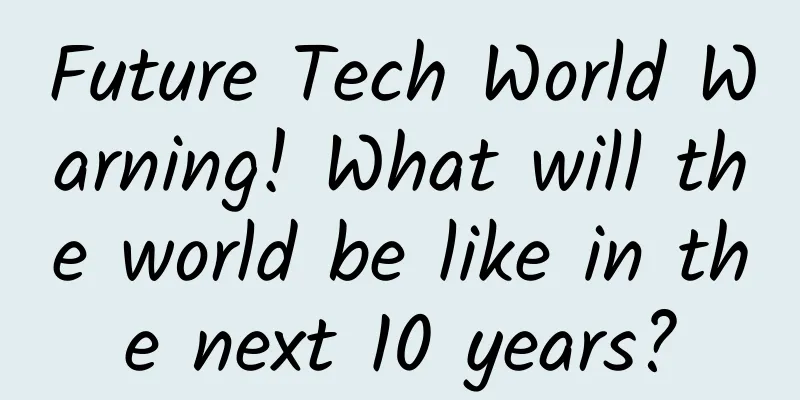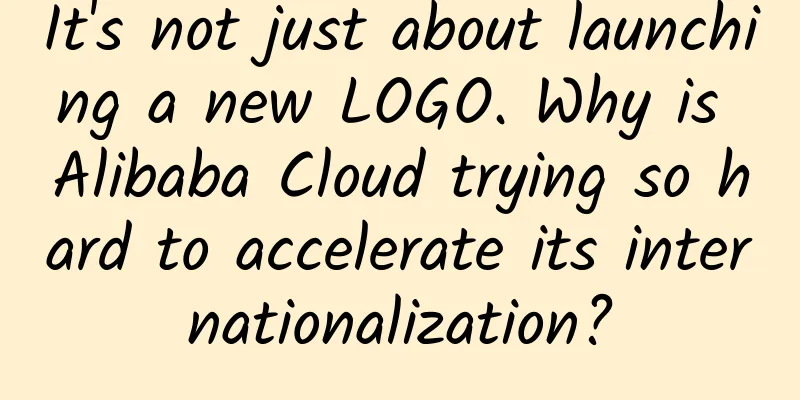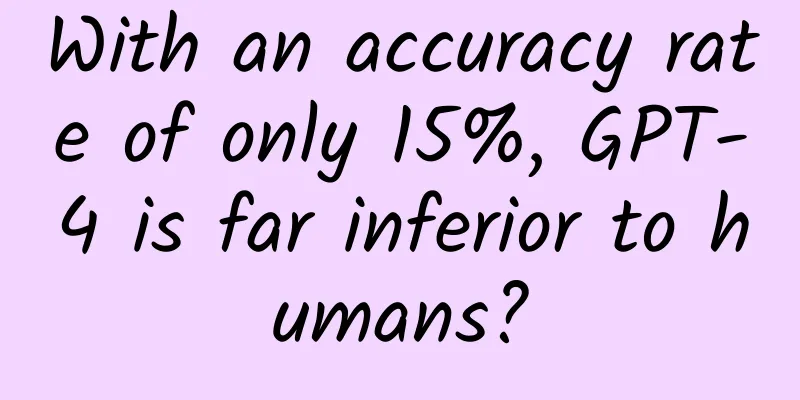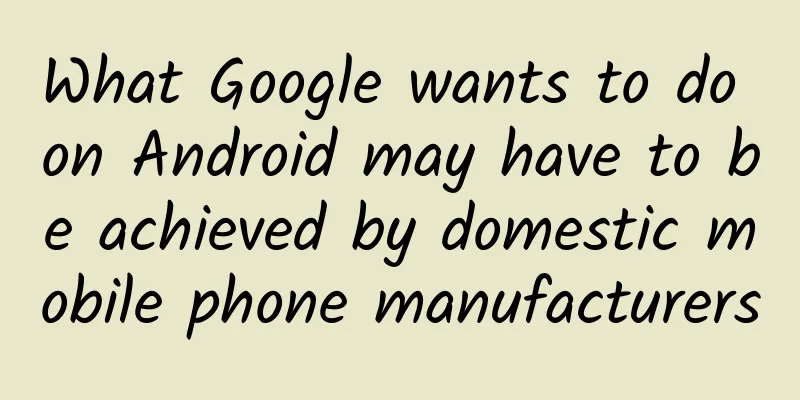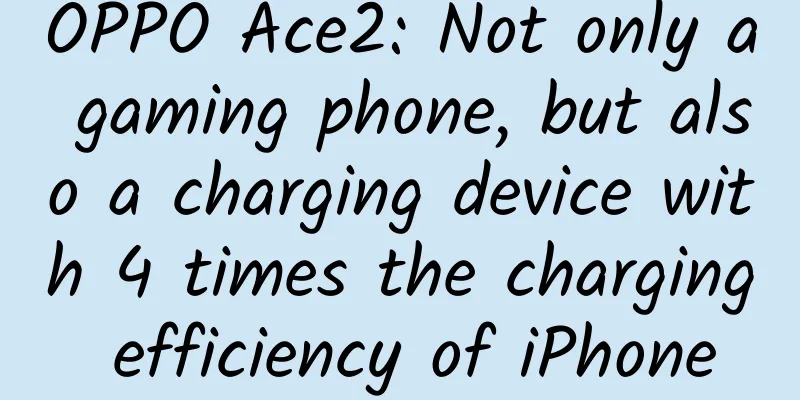Will this internet-famous asteroid really destroy the Earth?

|
Recently, an asteroid numbered 2022 AP7 was noticed by a marketing account (no thanks), and then unsurprisingly, a video was made about it with an eye-catching headline: "May threaten the Earth and cause mass extinction." I hate it most when marketing accounts and certain media use the word “or”. Once this word is added, they start talking nonsense. Tuchong Creative OK, just a quick word about this asteroid: no impact, no impact, no impact. To be a little more precise: it has no chance of getting close to us for at least 300 years. We'll talk about why this asteroid is quite interesting in a moment. Let me say a little more: after hundreds or even thousands of years, there may be only a slim chance of success. Can we pay more attention to those classmates who have a brighter future? 01 Why has this asteroid become an Internet celebrity? So many asteroids are discovered every year, so why do marketing accounts focus on them? The marketing accounts' thinking is strange and hard to guess, but if you think about it carefully, there are probably these reasons: 1. 2022 AP7 was discovered by the dark energy survey equipment, which makes it seem noble and bizarre. In fact, it is quite common: the dark energy telescope (DECam) has the largest field of view among the equipment with the same aperture, so it is used as a sideline to discover small celestial bodies in the solar system. And this asteroid itself has nothing to do with dark energy. Second, it was discovered when investigating and counting small celestial bodies whose orbits can reach the area between Venus and Earth. This type of small celestial body has a common feature, which is that it is often hidden in the twilight. Once discovered, it will make people break out in a cold sweat. Indeed, it is the most terrifying to use the sun's brilliance to cover up a sneak attack. The fireball that hit Chelyabinsk in 2013 rushed from the direction of the sun, and no one knew it beforehand. 3. This asteroid is very large, over a kilometer in size. If it had a chance to hit the Earth, it would have been enough to cause mass extinction. According to the discoverer Scott Sheppard, its size should rank in the top 5% of known near-Earth asteroids. 4. The closest distance between the orbit of this asteroid and the Earth's orbit is 0.047 astronomical units (the average distance between the Sun and the Earth, abbreviated as AU), or to put it more accurately, it is 19 Earth-Moon distances, which falls within the potential threatening asteroid identification index of 0.05 AU. 5. English reading comprehension problem. The original text of Sheppard’s paper is: 2022 AP7 is likely the largest Potentially Hazardous Asteroid (PHA) discovered in about eight years. (Among the discoveries in the past eight years, 2022 AP7 should be the largest (in size) potentially threatening asteroid.) Here, “the largest Potentially Hazardous Asteroid” is likely to be (intentionally) understood as “the asteroid with the largest potential threat”. Now, let’s talk about why the industry doesn’t take this asteroid seriously. Tuchong Creative 02 Is this asteroid really dangerous? 2022 AP7 is listed as a "potentially threatening asteroid" because it is large and its closest distance to the Earth's orbit is within 0.05AU. But a close orbit does not mean a close celestial body. When we ran to the orbital rendezvous point, 2022 AP7 was not there; when it came to the rendezvous point, the Earth had moved away again. When it was closest to the Earth in March 2022, it was 1.5AU away from us. What is this like? It's like the Beijing-Guangzhou Line and the Longhai Line meet in Zhengzhou, but a train that has just departed from Beijing to Zhengzhou will definitely not meet a train that is departing from Zhengzhou to Lanzhou, and a train from Lanzhou to Zhengzhou will not meet a train from Zhengzhou to Beijing. You may say: What a quibble! They each have their own revolution period, and one day, the Earth and 2022 AP7 will meet near the closest point of their orbits. Just like the trains on the two lines mentioned earlier, as long as they don't deliberately avoid each other and continue to travel back and forth on their own lines, they will eventually meet in Zhengzhou. This makes sense, but this asteroid is really interesting. Its orbital period is exactly 5 years. Every 5 years, it will return to the same position as the Earth. That is to say, since it missed the Earth when it came to visit this year, it will miss it again in 5 years, and the cycle will continue endlessly. This integer multiple orbital relationship makes it and the earth miss each other again and again, making it very difficult to threaten us. Imagine: if a killer comes to your door every five days, and you happen to stay overnight at work every time, then this killer is only worthy of being filmed in the "A Basket of Stupid Thieves" series. In summary, calculations show that the distance between this asteroid and the Earth will not be less than 1AU in 300 years. In fact, what does it matter if it is less than 1AU? For the distance between the Earth and the Sun, even light takes 500 seconds to travel! So why do we say that there may be a chance in the future? In science, as long as the probability is not a solid 0, we have to say "maybe". It's just that when marketing accounts say "or", they want you to believe it is 100%, but when we say "or", we want everyone to understand that it is basically equivalent to 0%. We must first point out that even if there is a chance, it is not the only one given to it. There are so many small celestial bodies that can threaten the Earth. If even a stupid thief like 2022 AP7 has a chance, other players will have even more chances. This opportunity is the perturbation of celestial bodies . If an asteroid walks close to a larger celestial body, it is affected by gravity and its orbit may shift. If the orbital period of 2022 AP7 and the Earth is no longer precisely 5:1, it will have a chance to hit us when it shuttles in and out of the Earth's orbit. Calculations show that it will be 0.16AU away from Mars in 2107 and will be 1.2AU away from Jupiter in 2109. It may be perturbed by these planets, causing its orbit to shift. But Mars is very small, and although Jupiter is fat, 1.2AU is still too far away. Therefore, the chances of these "hanging out with the big guys" changing their destiny are very slim. We are just saying "no matter how slim it is, it is possible" purely in a mathematical sense. To prevent marketing accounts from taking our words out of context, we reiterate: the chance is not given to it alone, nor does it mean that it will never hit the Earth, but that there are more talented Earth killers in the solar system. There are more than 20 asteroids that are less than 0.0004AU from the Earth's orbit and do not have an integral multiple of the orbital period. 2022 AP7 is really no problem. Tuchong Creative In short, 2022 AP7 is a very funny killer. I almost suspect that the marketing account is promoting it to attract everyone's attention and make fun of it. Let's not talk about it anymore. Let's talk about some practical progress in near-Earth asteroid defense! 03 Do we have any solution for asteroids? We have talked about the topic of asteroid defense in the past. Readers can read it first: Humans should be grateful for the asteroids' "kindness of not killing them", but they should be able to blow them up! Recently, NASA conducted a successful dress rehearsal for near-Earth asteroid defense. The project is called DART, and we will talk about the highlights of this mission. Let’s first talk about the abbreviation DART. Its full name is Double Asteroid Redirection Test. This name contains two key pieces of information. First, this is a method of changing the orbit of an asteroid through impact to protect the Earth from attack, not a nuclear bombardment as is popular in science fiction blockbusters. Second, the test target is a binary asteroid system, and the smaller one is to be hit. There are two advantages to selecting a target in this way: first, by measuring the period of the binary asteroids orbiting each other after the impact, the experimental effect can be easily judged. Second, there is a big guy controlling the overall running direction. Even if the experimental effect is unexpected, it will not change the overall running orbit of this small system, so as not to turn the originally harmless celestial body into a potential killer. In this binary asteroid system, the big one is called Didymos and the small one is called Dimorphos. We will call them Big D and Little D. Big D has a mass of more than 500 million tons, while Little D has a mass of only about 5 million tons, which is about the size of the Great Pyramid of Giza. As for the DART impactor, its mass was only 500 kilograms when it finally hit Little D, equivalent to an adult male dromedary. We can imagine the scene of a camel crashing into a pyramid, this feeling of powerlessness... Tuchong Creative But we know that when the speed is increased, it is another concept. On January 15, 2009, US Airways Flight 1549 hit a flock of Canada geese just after taking off. Both engines broke down and the plane had to make an emergency landing in the Hudson River. DART's speed when it hit Little D was as high as 6,600 meters per second, carrying 11 billion joules of kinetic energy, which is a very grand picture. Little D originally took 11 hours and 55 minutes to orbit Big D. After the head-on collision, its speed decreased, and its orbit was lowered accordingly, shortening its revolution period by 32 minutes. NASA expected that if it could shorten the time by 73 seconds, the experiment would be considered a success, so this collision can be called a great success. By the way, let me dispel a rumor in advance, because I have already seen the signs: some people misunderstood the 73-second threshold for judging the success of the experiment as the design goal, and thus mistakenly interpreted the actual result of 32 minutes as "the impact result has a large error, making humans even less sure about asteroid defense." This interpretation is wrong, this interpretation is wrong, this interpretation is wrong (important things must be said three times). Our national space agency is also planning an active impact, which will be carried out around 2025 or 2026. Who will we choose as our target? What will the experimental results be? Let us wait and see! Author | Qu Jiong, a popular science writer, has published works in the National Museum, the National Space Administration, etc. Review | Liu Xi, researcher at Beijing Planetarium, science film director and writer This article is produced by the "Science Rumor Refutation Platform" (ID: Science_Facts). Please indicate the source when reprinting. The pictures in this article are from the copyright gallery and are not authorized for reproduction. |
<<: The love-hate relationship between humans and microorganisms
Recommend
Store promotion: How to create an effective lottery game?
The lottery gameplay is very attractive to users,...
5 practical cases of community operation!
Do you know which stage of community operation yo...
In the education industry, how should information flow advertising be used?
Recently, the investment guidelines for major ind...
Free! Batch! No need to connect to the internet! Extract text from images with this app!
Which method do you use to extract text from imag...
Should you blow dry your hair after washing it, or let it dry naturally? Huaxi experts give you 6 tips on hair care, the first one is unexpected
Content Production Editor: Yang Yali Map: Eastern...
Money is gone just by tapping your phone? You have used this feature before! Fraud prevention guide included →
In recent years With the popularity of smart phon...
2020 World Table Tennis Championships postponed! When will the postponement be held? Attached is the latest notice!
The latest news is that on February 25, the Inter...
Why does this fish have a "human face"? Watch it for three seconds and see who can hold back their laughter...
Without further ado, here are the pictures! Image...
WeChat for Windows 3.3.5 official version released: group chat @ everyone, various details optimized
On August 8, the WeChat team recently released th...
WeChat Team: During the Olympics, there will also be an advertising competition in Moments!
For marketers , Olympic marketing is a big test h...
Heroes return, just in time! How long does it take for astronauts to recover after returning home?
At 9:56 am on April 16, the return capsule of the...
How to avoid the pitfalls of marketing planning activities?
In the current market environment, product promot...
"Eat for Health" Special Series | Feeling a little anxious? Why not eat something "sour"!
Do you feel anxious? Some young people often suff...
From a meteorological perspective, how did Zhuge Liang succeed in "borrowing" the east wind?
Produced by: Science Popularization China Author:...
A complete success! Cai Xuzhe and Chen Dong successfully exited the spacecraft!
Shenzhou 14 crew Created two extravehicular activ...

